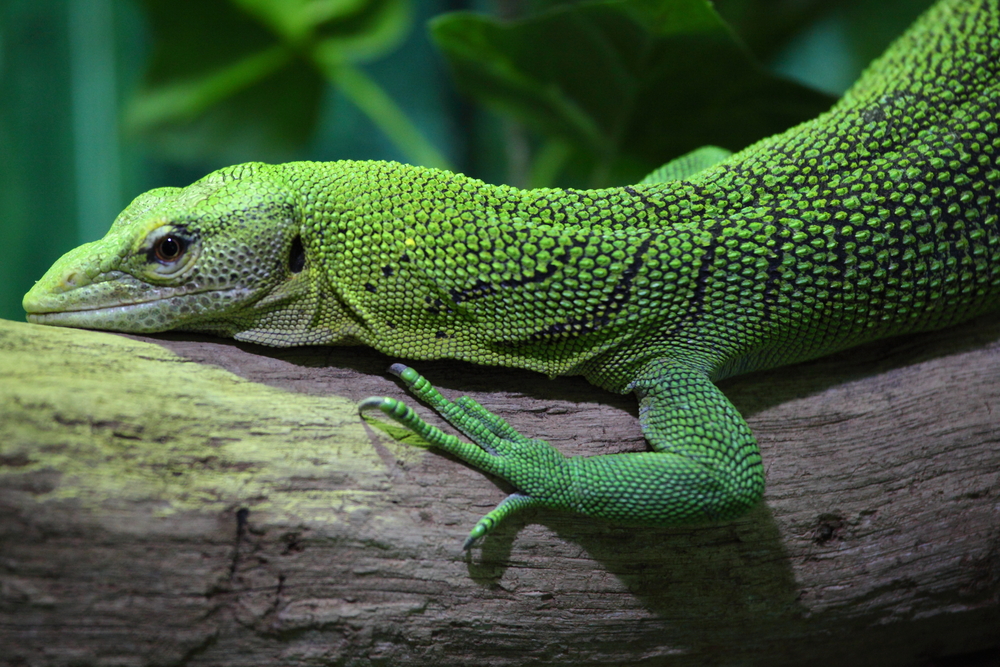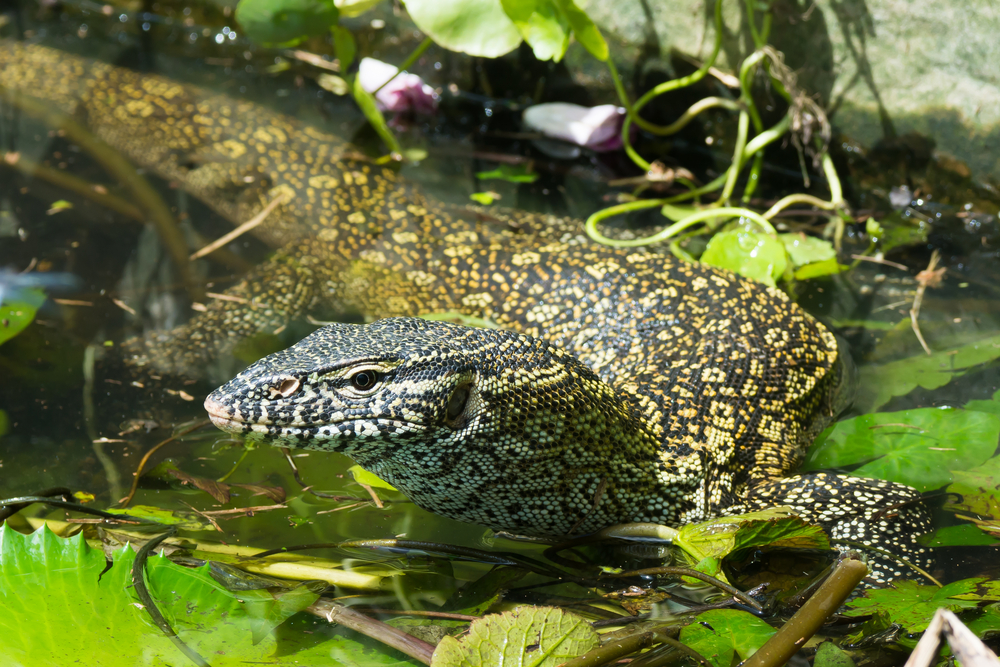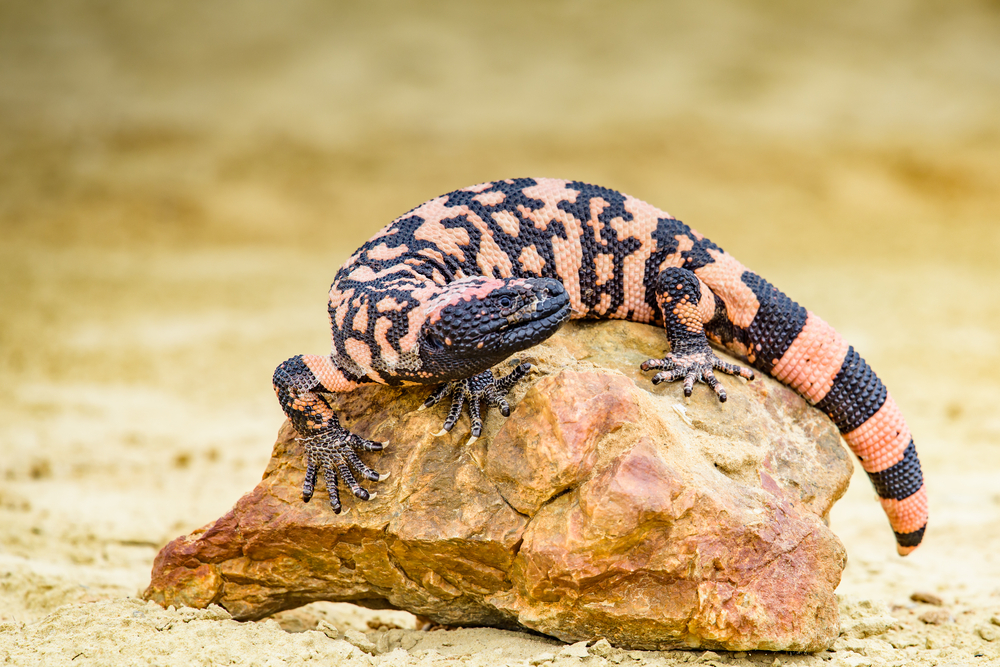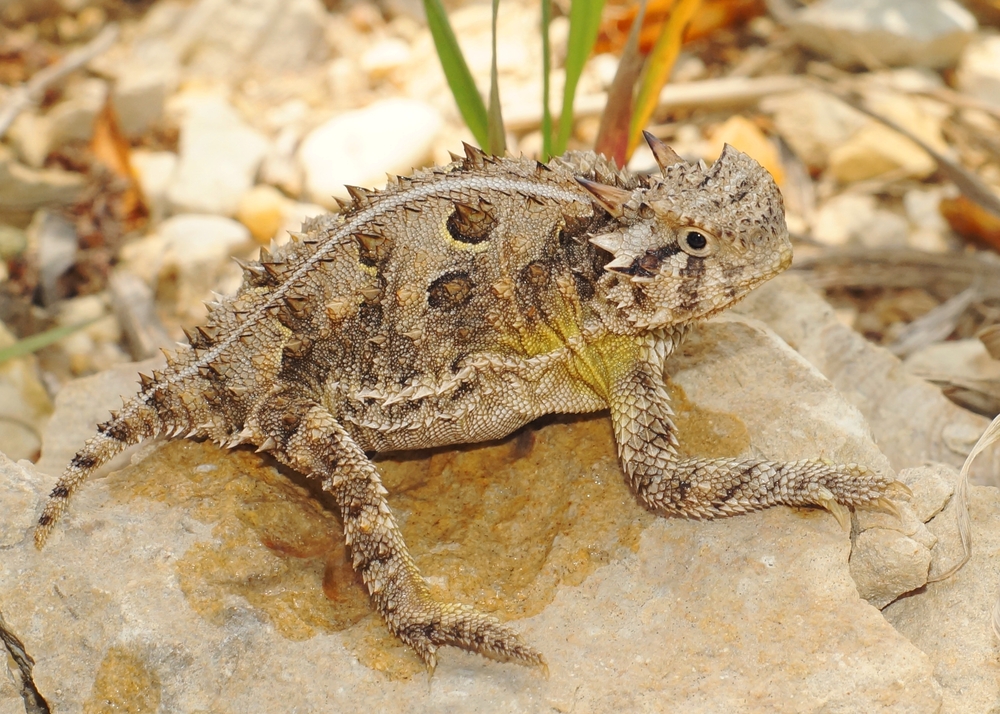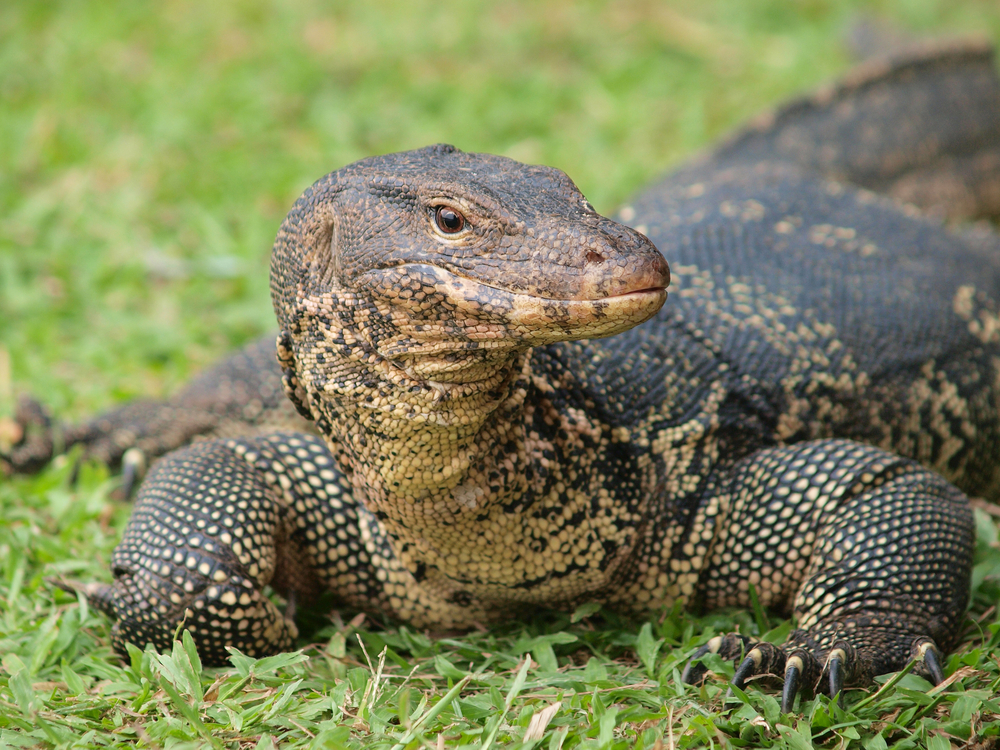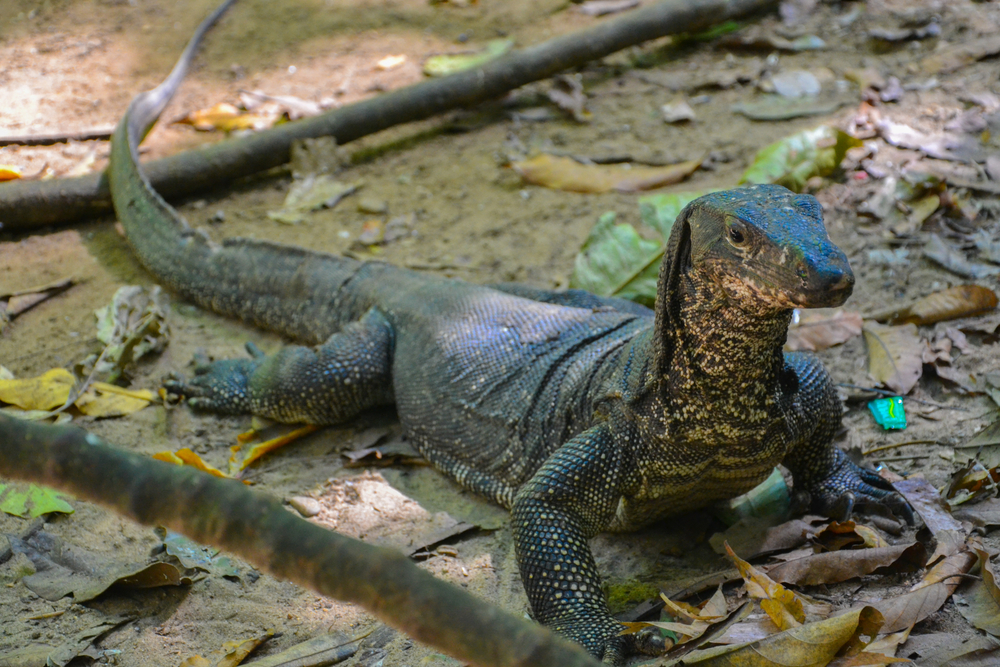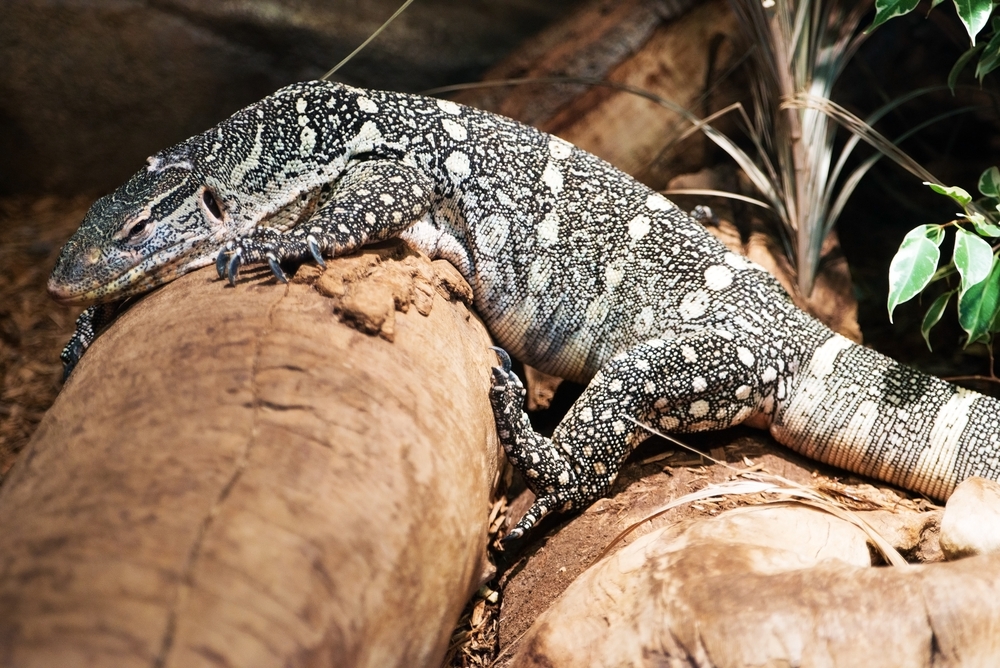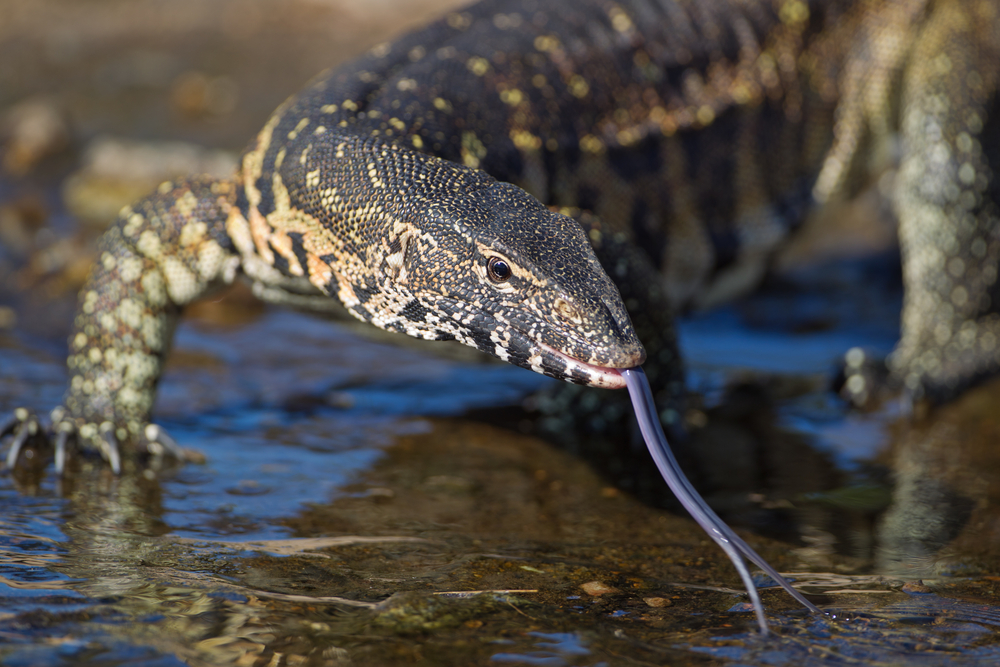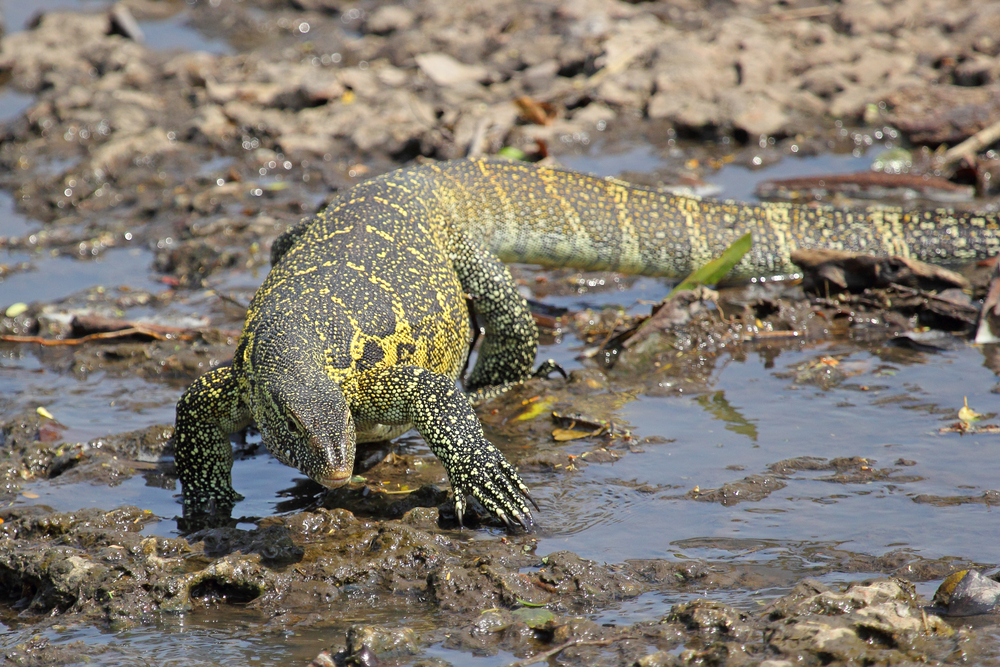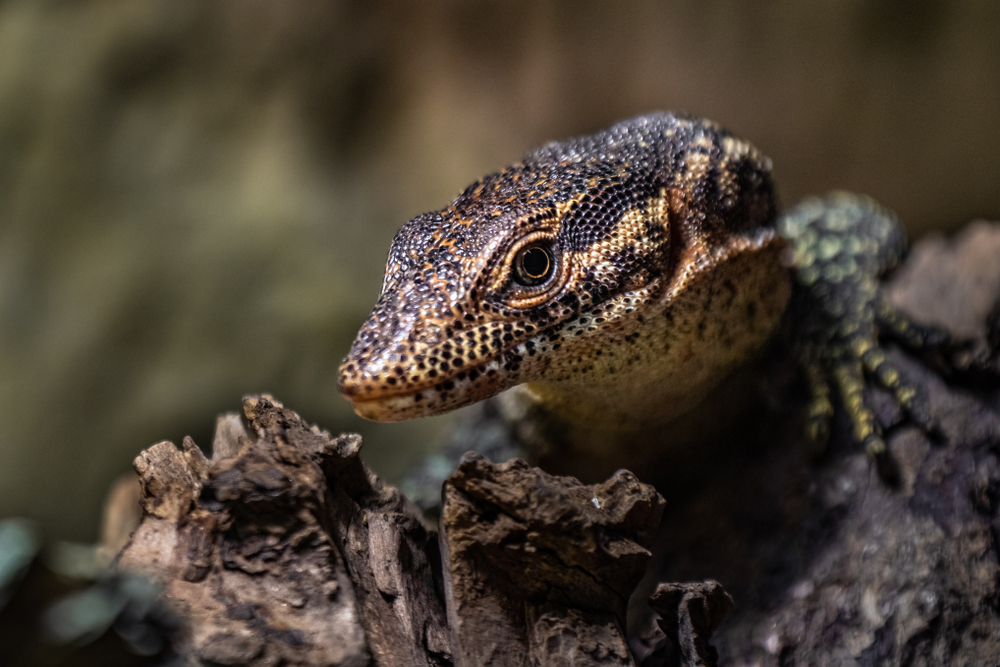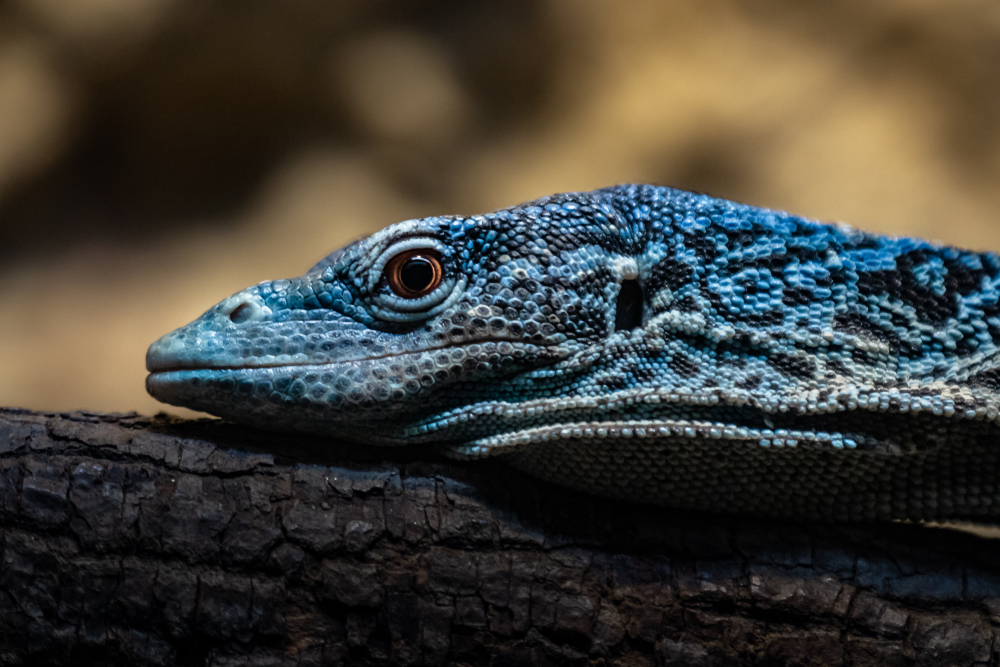ians. They are characterized by their elongated bodies, strong tails, well-developed limbs, and sharp claws. Some species also exhibit a high degree of aquatic adaptation, with streamlined bodies and flattened tails to aid in swimming.
Monitor lizards vary significantly in size – from the small earless monitors, which can be just a few inches in length, to the formidable Komodo dragon (Varanus komodoensis), the largest living species of lizard, which can grow over 10 feet long and weigh more than 150 pounds. These lizards are carnivorous, feeding on a diet that includes insects, birds, small mammals, and in some cases, carrion.
Known for their keen intelligence, monitor lizards have been observed using advanced hunting strategies and problem-solving skills. Some species are also known for their ability to run at high speeds and even to stand on their hind legs to survey their surroundings.
Monitor lizards play a vital role in their ecosystems as both predators and scavengers. Their diverse habitats and widespread distribution make them an important subject of study in ecology and conservation biology. However, they face threats from habitat loss, hunting, and the pet trade, highlighting the need for conservation efforts to protect these remarkable reptiles.
Conservation Concerns
Many species of monitor lizards face threats due to habitat loss, fragmentation, and degradation caused by human activities such as deforestation, agriculture, and urbanization. Additionally, they are often hunted for their skins, meat, and traditional medicine, leading to population declines in some regions.
While some monitor lizard species are listed on the IUCN Red List with specific conservation statuses, others remain poorly studied and may be at risk without adequate conservation measures. Conservation efforts focused on habitat preservation, sustainable management practices, and combating illegal trade are crucial for safeguarding monitor lizard populations and their habitats.



































































